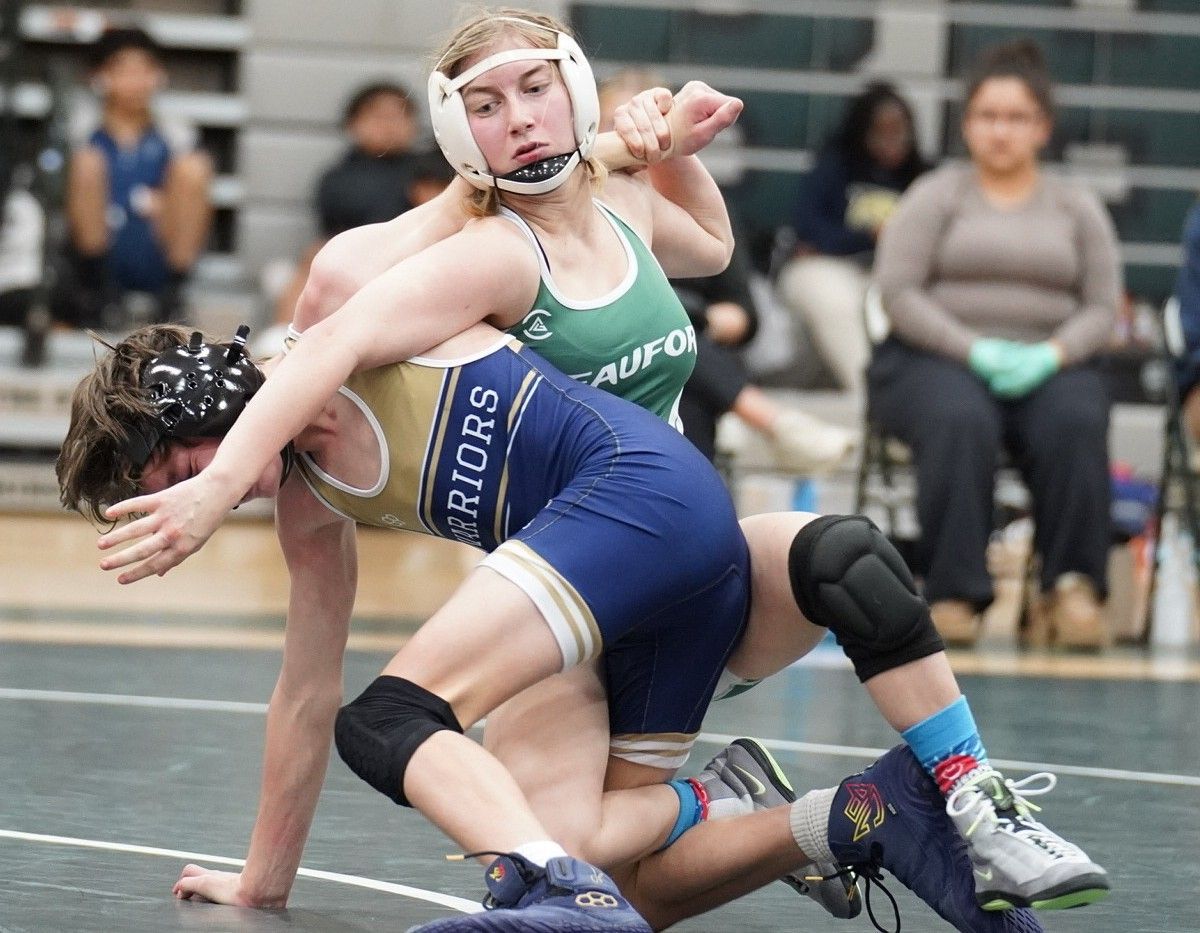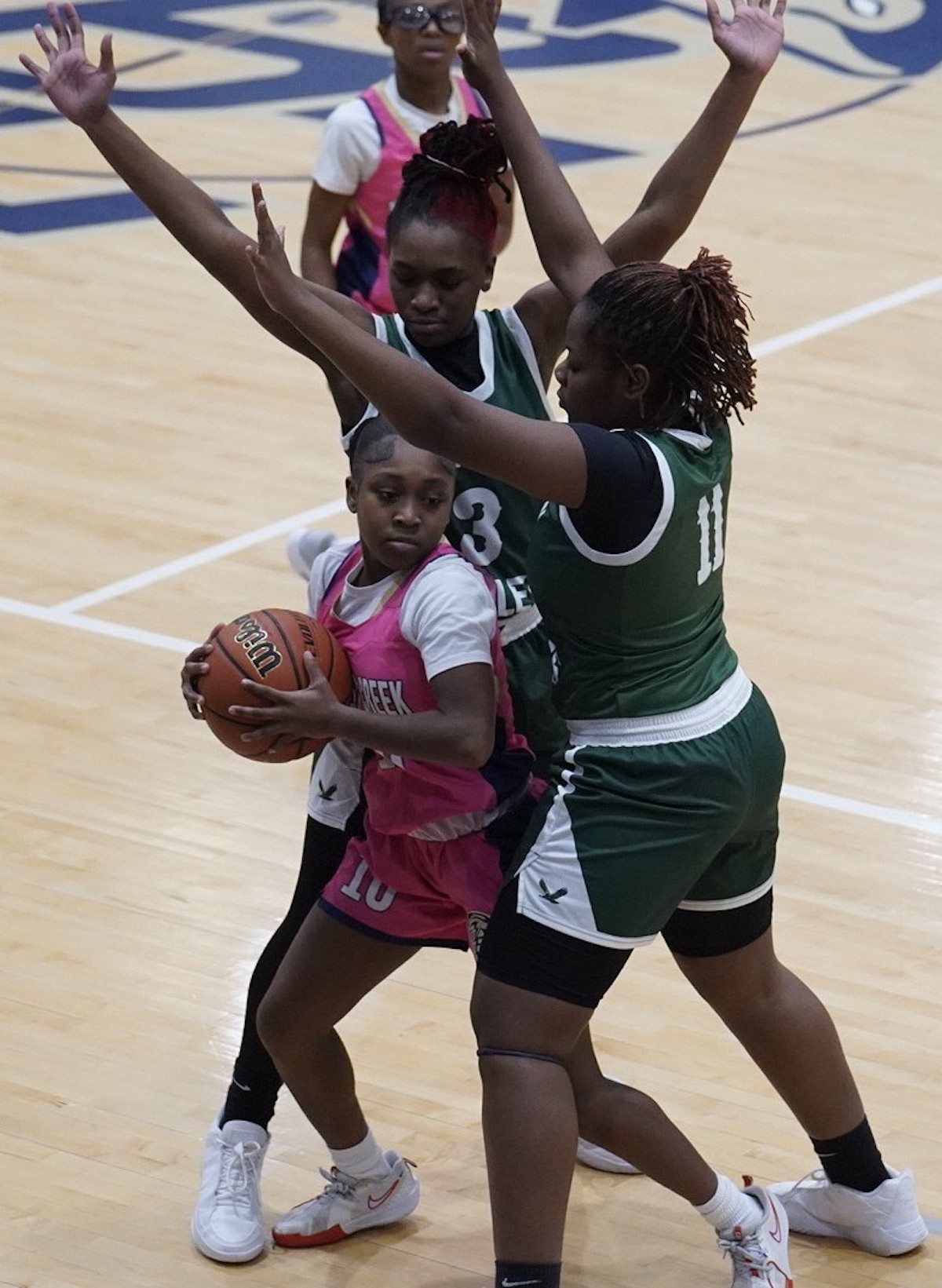By Danette Vernon
I watched a home video tonight on the Internet. A moment of discovery is recorded in the video. A small child finds out for the first time, that when he is eating dinner, he is eating animals. He can’t believe it, and argues for their care instead. At the end of the video, his mom advises him to just eat his potato and rice, and skip the meat.
As adults, we know where chicken and bacon come from … but not really. We are all so disconnected from reality in our world of fast food and grocery stores.
To allay my disconnection, I recently visited Marc and Annie at Keegan-Filion farms. And yes, the small red-hued piglets that came over to the wire fencing to sniff my hand, much as any puppy might, would be dinner someday. But at least, as Marc put it, they only have “one bad day” on his farm. The day they leave.
Sadly, until recently, 50 percent of the Keegan-Filion newborn baby pigs died of drowning or roll-overs that smother. Mama pigs tend to nest just before birth like many other animals, only for a mama pig, a nest is a depression dug in the dirt, and mama pigs tend to birth in storms — hence the drownings.
As an upgrade, Keegan-Filion mother pigs spend the three weeks surrounding the birth of their young in a farrowing crate. The newborn death rate is now zero. The momma pig can walk up and down, and the shavings that coat the floor are shoveled out every day. A far cry from factory farming wherein mother pigs are kept in gestation crates for their entire lives. Keegan-Filion mother pigs spend the balance of their days, beyond being a mother, lolling about out of doors in the shade. A mud wallow is never more than a short walk away.
The piglets I met will be sent to market at 25 pounds if a suckling is wanted, or when they top out at 300 pounds in 7-8 months. Until then, however, life is all leisure
The chickens on Keegan-Filion farms that end up on your plate at dinner time start out as small chicks in stacks of cages that house half of the recommended amount of chicks. Marc and Annie felt there was only room for 50 chicks, in the cages intended for 100. Humanity is the policy on Keegan-Filion farms.
Each cage has its own bottom that slides out for a daily cleaning, much like the bottom of your average bird cage at home. When the chicks first arrive, they are kept warm, or under a fan, depending on the weather. Then those same stacks are moved into an open-air three-sided structure attached to the chicken house, so that the chicks can adjust to the reality of the temperature outdoors, hot or cold. Ultimately, they are housed in floorless shelters built over wooden skids. Their enclosures are built on skids so that each morning they can be pulled by the tractor into a new spot. That way, everyday, the chickens have fresh grass to move about on. As a bonus, the chicken manure sweetens the soil with nutrients the ground needs to grow the next round of hay. These enclosures have doors, but they are only closed at night. The chickens could walk out anytime during the day, but unlike the laying hens, these chickens are a different breed, literally, and they just aren’t interested in getting out into the world and catching a June bug. It’s been bred into these chickens to just hang around the water and food all day.
It takes four hours just to feed, clean, and move enclosures each day, and when it’s time for any animal to leave the farm, they are sent off to a certified humane processing plant, but till then, as you can see, they live the good life.
Know your farmer, visit http://www.keeganfilionfarm.com.






